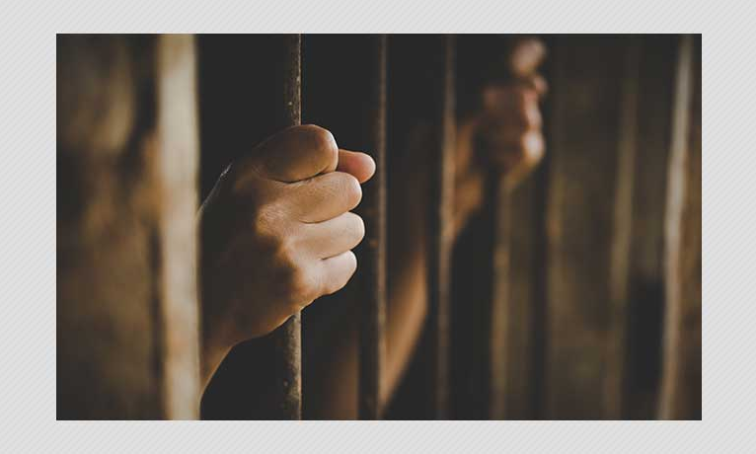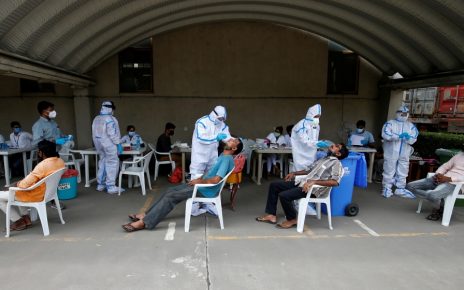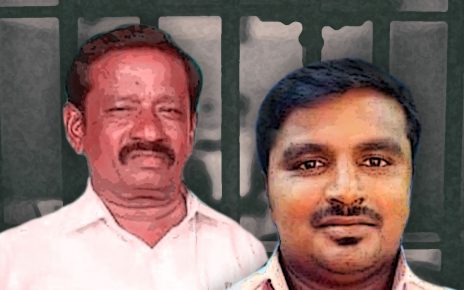Boom Live
03 July 2020
By – Mohammed Kudrati
The custodial deaths of P Jayaraj and his son Bennix in Thoothukudi, Tamil Nadu has once again put the spotlight on excesses by the police force on citizens. But any attempt to study the patterns of custodial deaths that can influence police reforms have suffered due to major divergences in the reporting of data from different sources. Data from the National Crime Records Bureau (NCRB) related to the year 2018 show that the national figure for custodial deaths is 70. But the same year data from the National Human Rights Commission, as reported by an NGO called the National Campaign Against Torture (NCAT) show 1,966 deaths in police and judicial custody as registered by the NHRC. In 2019, this figure stood at 1,723 deaths.
The NCRB – a department within the Ministry of Home Affairs – is yet to release data for the year 2019.
These divergences can be attributed to the way these data are fundamentally reported. While the NHRC reports monthly figures in the form of cases it registers released monthly, the NCRB reports the figures shared with them by state police across the country, shared yearly. 3 of the 70 deaths can be attributed to police assault, according to the NCRB. While the NHRC, does share figures on these deaths and breaks them down into judicial deaths and police deaths based on the cases it registers, it does not provide a reason (such as assault, suicide, illness) for these deaths.
Jayaraj and Bennix who owned a mobile shop, is reported to have got into a dispute with the local police over keeping their shop open beyond the permissible hours during the lockdown. This dispute led them to be taken by the police into custody, after Jayaraj made some critical remarks against them. The police have been accused of thrashing the father son duo, resulting in their death. Various news reports have alleged the two were brutally tortured and sexually assaulted in custody.
Even more recently in the state, tensions ran high as security was beefed up in the Tenkasi district on June 28 after an auto driver, Kaitheresan, died on June 27. His family alleges police brutality, after he was picked up for questioning by the police in a case related to a property dispute 20 days ago.
In Gujarat, on June 22, a non-uniformed police constable Ghanshyam Shivhare visited a Canara Bank branch in Surat and assaulted a female staffer there, inviting the intervention and action of Finance Minister Nirmala Sitharaman. Shivhare has since then been suspended.
My office is being informed that the Commissioner of Police visited @canarabank’s Saroli branch and assured staff of full cooperation; the accused police constable is placed under suspension. @CP_SuratCity @PIB_India @DarshanaJardosh — Nirmala Sitharaman (@nsitharaman) June 24, 2020 Incidentally, even in 2018, the data show Gujarat and Tamil Nadu having the highest number of deaths in police custody, with 14 and 12 of the 70 respectively; though not all are directly linked to direct police assault or brutality. Here’s how the NCRB data for the year 2018 stacks up.
Here’s how the NCRB data for the year 2018 stacks up.
Alternate data from the NHRC
The divergences in the data can be seen in other places as well. For example, zero cases have been reported by the NCRB in Delhi, Uttar Pradesh, Bihar and West Bengal pertaining to 2018, even though the NCAT’s own findings have found evidence of apparent custodial deaths in these jurisdictions.
Their 2018 report can be read here.
“The NCRB reports what the state police provides them, and do not look into the cases per se”, said Suhas Chakma, director of the NCAT, to BOOM. “NCAT’s data is from another source, NHRC, which reports the monthly cases that they deal with.” BOOM also reached out to lawyer Maja Daruwala, who is a special monitor on police and prison reform with the NHRC. She too told us that while the NCRB relies on data provided to them by state authorities and police, the NHRC shares data of the cases registered by them.
In a report released on June 26 (International Day In Support Of Victims Of Torture), NCAT has stated that from January to December 2019, a whopping 1,723 deaths took place in custody and averaging 5 deaths a day. Of these deaths, 1,606 deaths took place in judicial custody, and 117 deaths in police custody.
Chakma also told BOOM that they compile cases based on original reporting of custodial deaths. The NCAT themselves have documented 125 deaths across the country in police custody in 2019. The top five states according to their findings are: Uttar Pradesh with 14 deaths, 11 each have occurred in Tamil Nadu and Punjab, Bihar and Madhya Pradesh with 9 each, Gujarat with 8 and Delhi and Odisha with 7 cases each. Of these 125 cases, they attribute 93 cases (74.4%) to be related to police torture/foul play. In the same report, they have also recorded 40 deaths in judicial custody due to alleged torture.
Daruwala further explains, “The wellbeing of a person in custody is the responsibility of the authorities. Therefore, the authorities under whose watch custodial deaths take place, whatever the reason, should be answerable.”
NHRC’s numbers are not cited by the NCAT alone. In a response to Lok Sabha on July 16, 2019 to a question on custodial deaths, the Home Ministry too has cited NHRC numbers here, which closely align with the numbers shared by the NCAT.
NCAT’s 2019 ‘Annual Report On Torture’ can be read here.
What is being done?
The 2018 ‘Annual Report On Torture’ laments that India is yet to ratify the United Nations Convention on Torture (UNCAT), which it signed in October 1997. It is an international human rights treaty that seeks to prevent all humans from being subject to inhuman treatment, torture and punishment around the world.
“Article 4 of the UNCAT requires adoption of a domestic law to criminalise all acts of torture, attempt to commit torture, and complicity or participation in torture.”, the report documents.
In 2010, the Prevention of Torture Bill was passed by Lok Sabha, but not by Rajya Sabha, and lapsed when the Lok Sabha dissolved in 2014. In 2017, the Law Commission presented its version of the bill, and in January 2019, the Supreme Court asked 28 states and union territories who had not submitted comments on the bill to do so.
NCRB’s 2018 report can be read here. The NHRC’s underlying monthly data (also to be found in the NCAT report) can be found here.
What are your rights in cases of arrest or if you are taken into custody? Watch BOOM’s Govindraj Ethiraj interview advocate and human rights activist Sudha Ramalingam for the answers.





